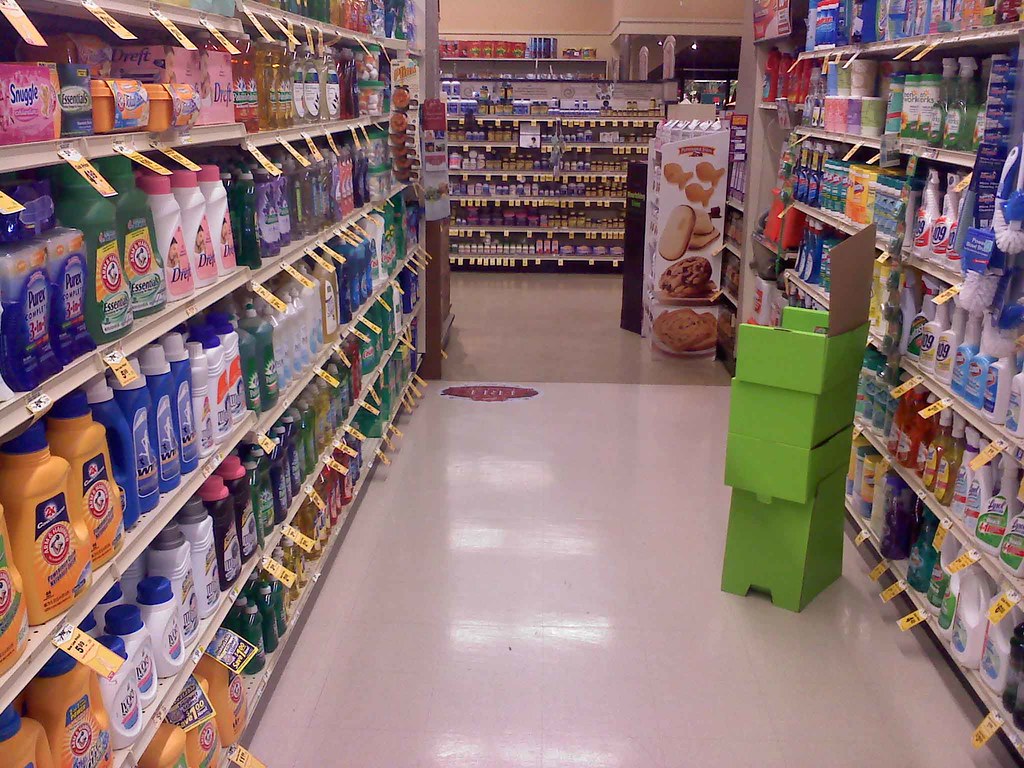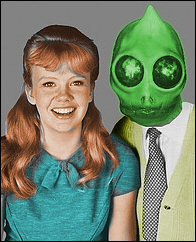 Capturing the attentions of jaded, cynical and increasingly suspicious consumers is a never-ending battle and a billion-dollar a year industry. One of the tactics to trick the public into noticing an ad or promotion is what I term the False Negative.
Capturing the attentions of jaded, cynical and increasingly suspicious consumers is a never-ending battle and a billion-dollar a year industry. One of the tactics to trick the public into noticing an ad or promotion is what I term the False Negative.
The False Negative is becoming more pervasive over the last several years and violates one of my rules when it comes to purchasing: If a lie is needed to get me to purchase a product then I will never, ever buy it. This is just one of my rules that makes me a smart shopper but in the eyes of the Gods of Retail a poor consumer.
The False Negative manifests in any number of ways with one of the most common being the the false error tone. At various places such as the gas pump and at the check stand in supermarkets (as noted in the previous post Waste Lots, Want Not) the False Negative comes as an alert from the equipment that a person would normally associate with an error. I initially noticed it a few years ago while gassing up my car. The pump beeps with a descending tone, the opposite of the usual higher-pitching rising and happier sound of a successful transaction, prompting me to investigate by looking at the pump display screen. Where one would expect a message reminding me to choose a grade of gas instead would be an advertisement for refreshments or a car wash. This is a tactic in up-selling I expect that will decrease in effectiveness over time. Annoying consumers in this manner is a poor strategy that should only result in short-term gains, if any at all. One could only cry wolf only so many times before it is ignored.
A False Negative that has been in retail stores for a while is the floor display advertisement in supermarkets. These ads occur as large adhesive signs applied to the floor of various aisles. One of the common themes of the floor display ad is that it resembles in layout an accidental spill or scattering of a product. In the snack foods aisle the floor ad would feature a bunch of cookies laid out on a plate. In the cleaning aisle a large ad for detergent could resemble a puddle of liquid soap on the floor. Typically the ads depict a box with the product bursting from it in some sort of flavor explosion.
By making the floor display ad irregular in shape and form the eye is drawn to it. But not because the product is interesting or worth purchasing. Rather, the ad momentarily tricks the customer into paying attention to the product through a perception of something wrong (a failure of cleanliness) or even the hazard of personal danger through an unsafe area.
The shape and location of the floor advertisement causes the patron to notice it when entering the aisle and presumably keep aware of it on some level while shopping. From a distance of a few feet most of the ads appear as spills or messes and only when the patron approaches it closely does it resolve in the mind from possible slip and fall hazard to advertisement. Where I work I have observed an increase in calls for clean-ups in some aisles following the placement of certain ads which are moved and replaced on a regular schedule. Often customers walking by an aisle alert the employees of the store to a spill and when investigated, none is found.
I have personally observed that both the customers and employees are predictably desensitized to the False Negative of the faux spill and safety hazard. After a day or two calls for clean up to the area with the floor ad begin to wane as patrons and the employees become adjusted to the ad and awareness of it fades into the visual and mental background. I have found that it is incumbent upon the managers to ensure that each call for a clean up is thoroughly investigated as due to human nature bored, careless or over-worked staff will assume yet another notification of a spill is going to prove to be without real cause.

It would be interesting and not totally without merit to track slip and fall cases in retail establishments to when and where floor display advertisements were placed. An insurance company could possibly find a correlation from the possible result of an injury claim due to messes where not rapidly attended from the assumption there was no spill and the call for a clean up of an aisle was merely another False Negative ad on the floor.




























Wow, I haven't seen one of those in a while -- or maybe I just don't frequent stores that use them. Either way, they aren't working on me!
ReplyDeletePretty much anything that FORCES me into playing audience to an ad leaves a bad taste in my mouth. The ads before movies, on demand television that won't let you fast forward through commercials. DVDs are the worst.
ReplyDelete(By the way, are you the sleestack from pwslm??? I linked here from Boing Boing!)
I got checked by boing boing? Nice. Don't know what pwslm is.
ReplyDelete"Parents Who Still Love Music" - It was a group on a music site called thesixtyone.com and I seem to remember a sleestack in there with a similar avatar.
ReplyDeleteMaybe you have a doppelganger out there...
Interesting post! It reminds me of how some years ago a new cell phone company was entering the market in my country- they marketed to teens and adolescents and started with teaser advertisements alerting the population of a 'virus' which was supposedly infecting young people at great speed.
ReplyDeleteA few days into the campaign my elderly grandmother expressed concern to me about this dangerous virus she had been hearing about. Be careful, she said, more and more young people are getting sick.
I thought it was funny, but at the same time I wondered, even though Grandma wasn't the target consumer, if the product had not been camouflaged so well for the sake of drawing people's interest as to render the campaign a failure. A teaser or trick advertisement has to be really clever to make an impact- and short-lived, or else it's just a nuisance. The virus gimmick wasn't all that attractive. The money spill you took a picture of is not very impressive either, and the problems you write about immediately come to mind. So the product has been advertised, but in such an unnatractive setting that one wonders whether the company was just a little bit too inspired by the saying 'bad press is better than no press at all'.
In South Korean malls they have screens on the bottom of floors that react to a person walking on top of it (i.e. a pond with moving lilies and koi fish will make little puddles as I walk by, or the screen will be a billiard table with balls that fly everywhere and hit each other when touched) They're plastered with ads but the kids really enjoy them. I totally agree with you that they're not very good ads and I really really hate that annoying error-like beep at the gas pump. I wish North America would turn their ads to a positive experience like the south korean ones. Can you imagine? a grocery isle that keeps the kids busy while you shop. yay!
ReplyDeleteInterestingly it might not actually be much of a problem that people are zoning out on these adds eventually. Ads for quick purchase, low cost items like these actually tend to work better as something that is not really thought about.
ReplyDeleteIts the theory behind a lot of product placement, place the object where people don't really notice, and their subconscious just picks up on it. Of course it can backfire if people do notice, especially with low cost items (as with the comment here from Garvey).
I like to leave a sample of the product on the floor ad. It belongs there, right?
ReplyDelete